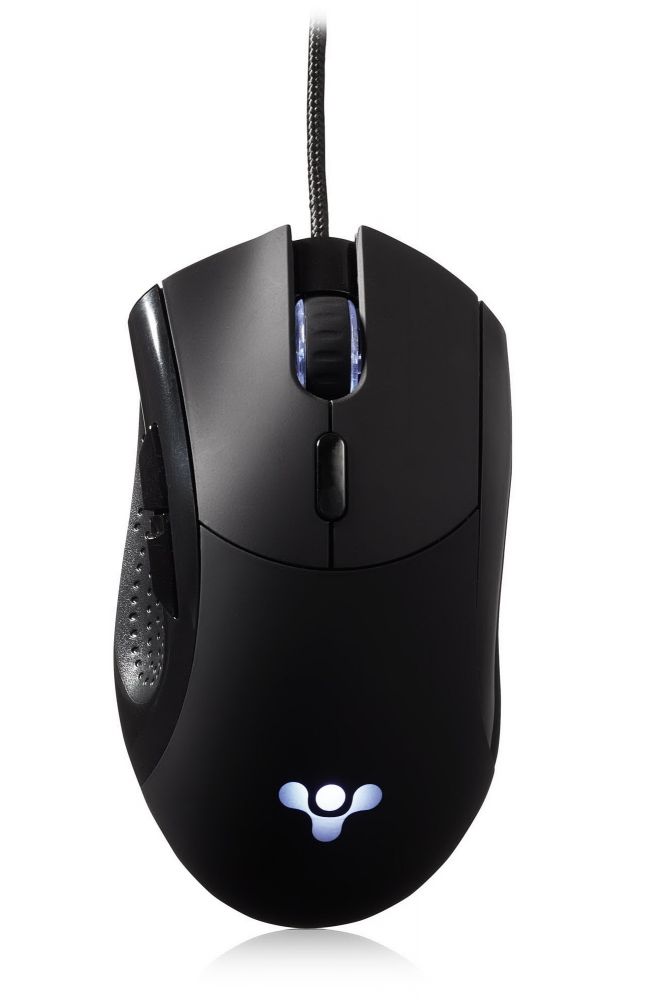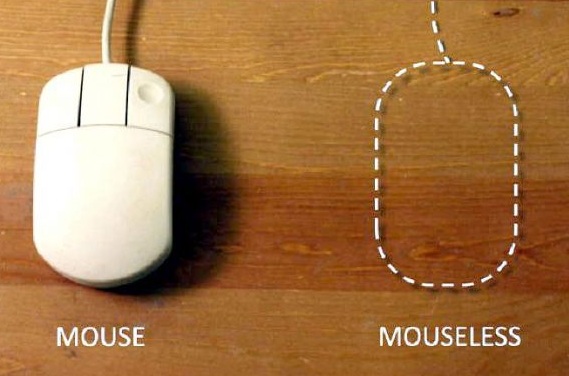

Over time, though, optical mice have improved, and they now work in a variety of situations with a high degree of accuracy. They’re also in infrared - outside the visible spectrum - so you won’t see an annoying red glow emanating from beneath your mouse.Īt one time, laser models were believed to be far superior to “optical” versions. It won’t damage your eyes because the lasers used by mice aren’t powerful (still, don’t press your luck and stare at it for minutes at a time). This infrared laser replaces the infrared/red LED on “optical” models, but don’t worry. More specifically, it is called a vertical-cavity surface-emitting laser diode (or VCSEL) which is used in laser pointers, optical drives, barcode readers, and more. Meanwhile, Logitech takes the credit for introducing the first mouse to use a laser in 2004.

Laser mice use an accurate, invisible beam Bill Roberson/Digital Trends

This helps the mouse track its movements on most surfaces. Jump ahead years later, and the LED light is projected at an angle - and typically unseen (infrared). On older LED mice, you will find the LED pointing straight down and shining a red beam onto the surface that’s seen by the sensor.
#Top mouseless mouse 2015 Pc
These images are compared to generate the precise location of the mouse, and then the final data is sent to the parent PC for cursor placement every 1 to 8 milliseconds. This analog data is then converted into ones and zeroes, resulting in more than 10,000 digital images captured each second. The CMOS sensor collects the light and converts the light particles into an electrical current. That beam is bounced off the surface, through the “imaging” lens that magnifies the reflected light and into the CMOS sensor. This LED is typically mounted behind an angled lens, which focuses the illumination into a beam. However, the ones marketed as optical models rely on an infrared or red LED that projects light onto a surface. Ultimately, you have a low-resolution camera in the palm of your hand, otherwise known as a CMOS sensor. Combined with two lenses and a source of illumination, they track the peripheral’s X and Y coordinates thousands of times per second.Īll mice are optical, technically, because they take photos, which is optical data. These images aren’t meant for posting on social media but instead are converted into data for tracking the peripheral’s current location on a surface. They constantly take pictures, although instead of capturing your face, they grab images of the surface underneath.


 0 kommentar(er)
0 kommentar(er)
